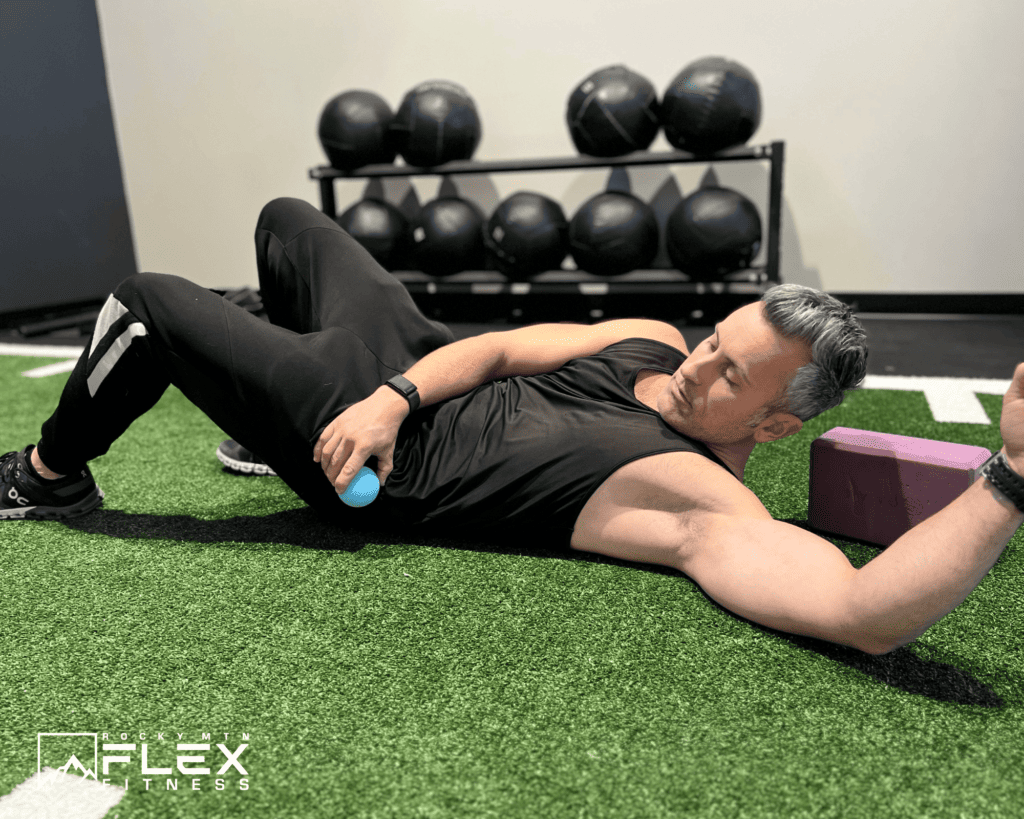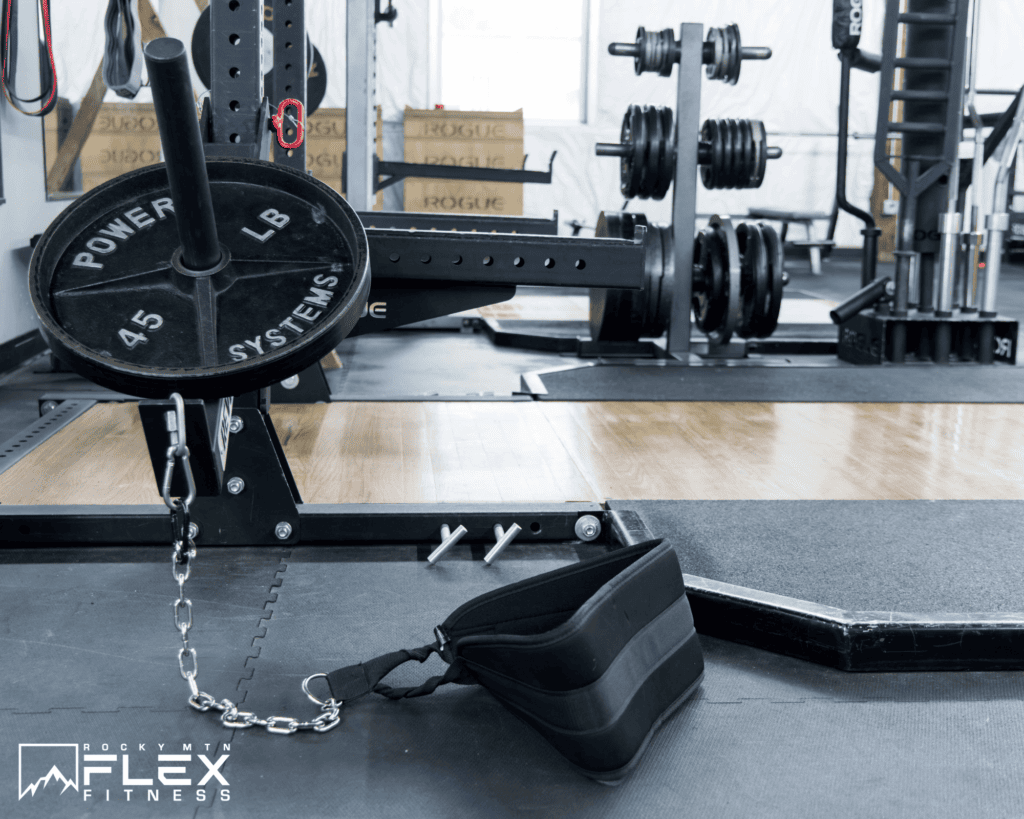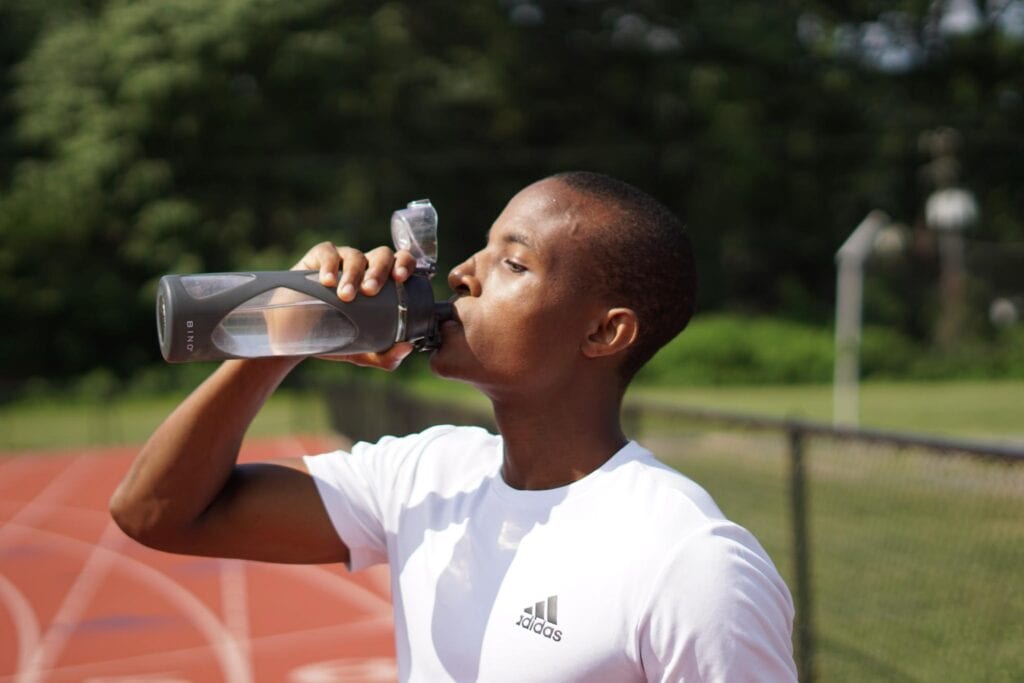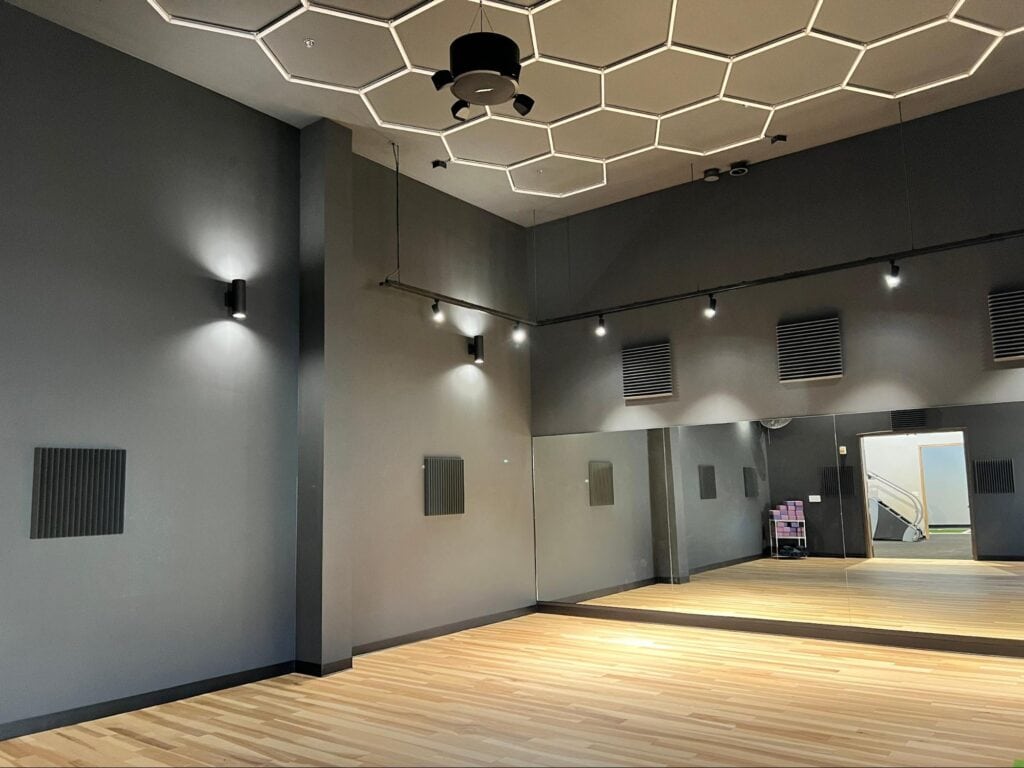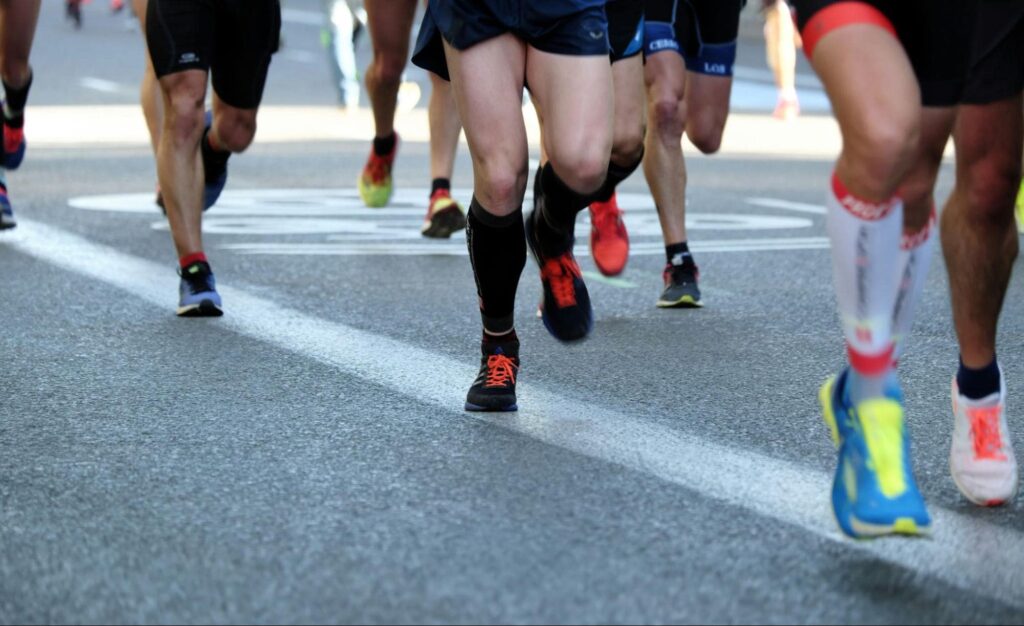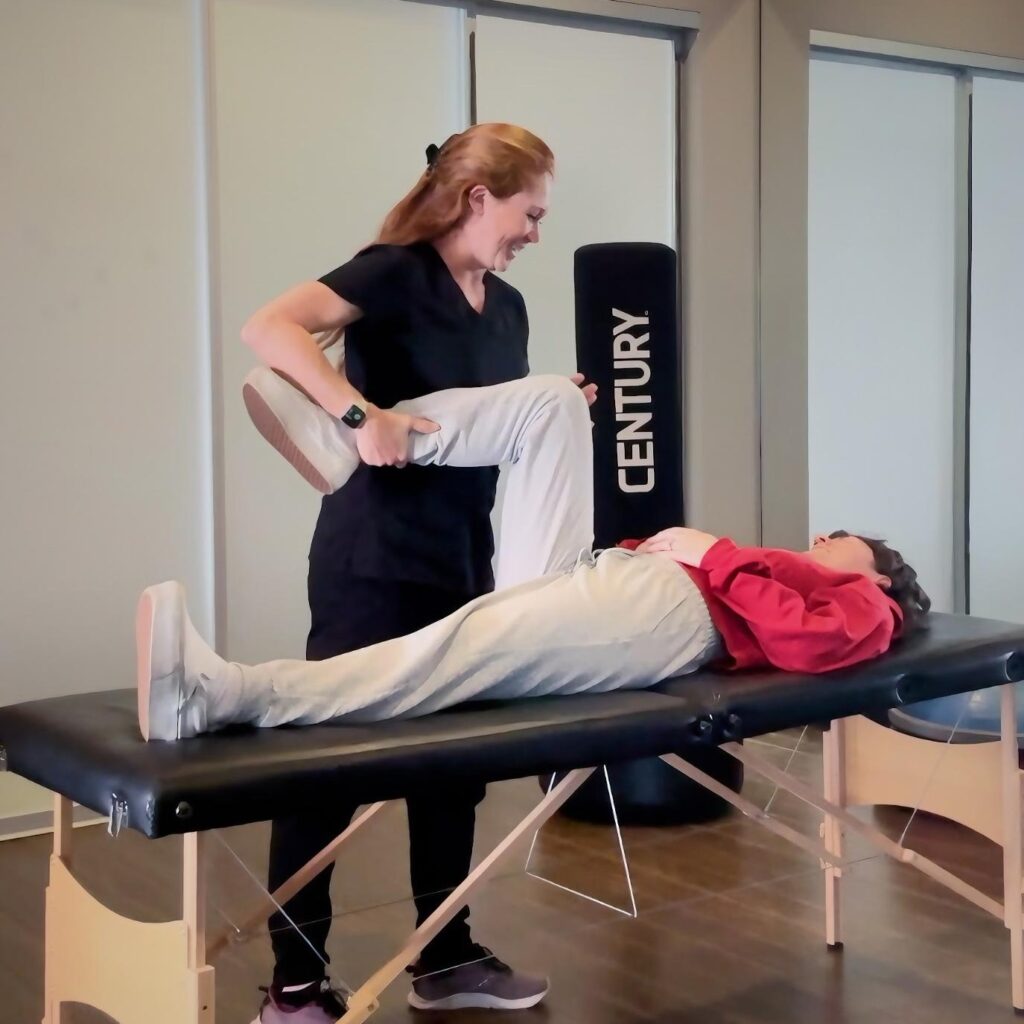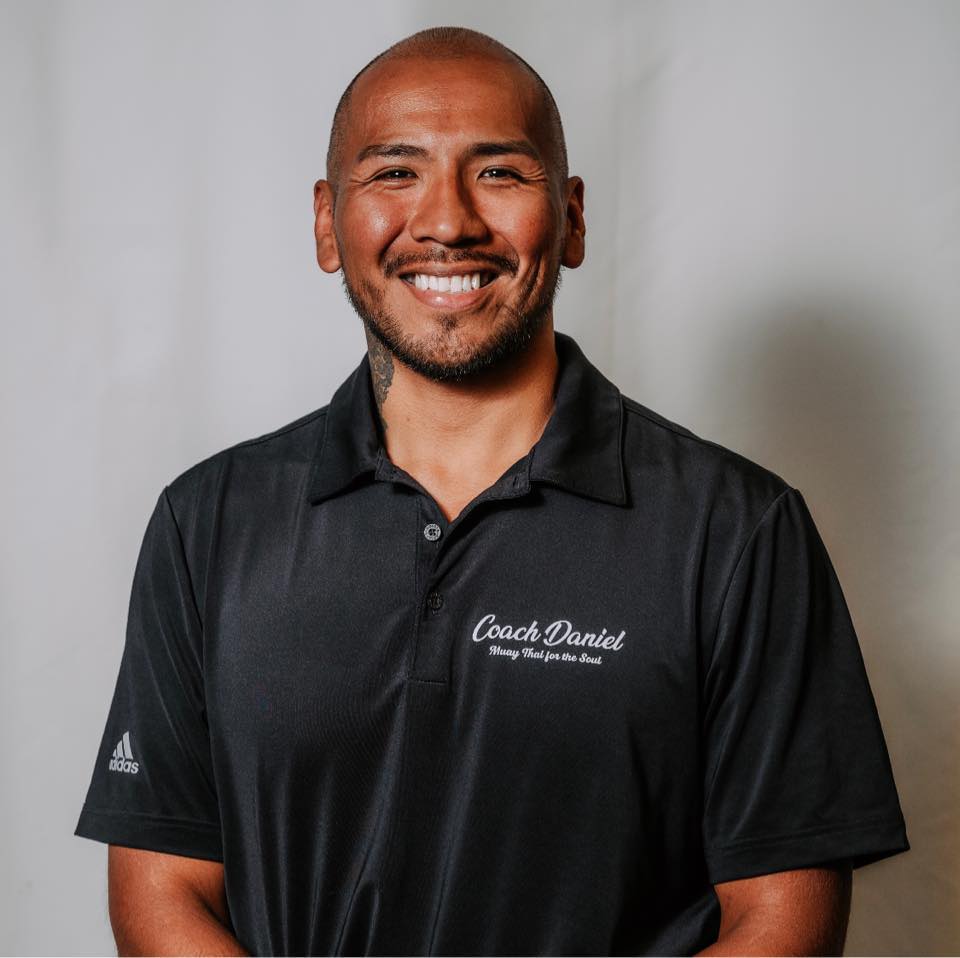
If you’ve been lifting weights for a while, you may have noticed that some muscles dominate while others seem to lag behind. Muscle imbalances, such as stronger quads and weaker glutes or a tight chest with an underdeveloped upper back, are common among regular lifters. At Rocky Mountain Flex, located in Denver’s Baker neighborhood, our expert personal trainers frequently help clients address and correct these imbalances.
While a muscle imbalance might not seem like a big deal at first, over time, it can hinder progress and increase the risk of injury. The good news? With targeted exercises and smart programming, you can bring your muscles back into alignment and improve both strength and function. In this article, we’ll explore the most common strength-training imbalances and how to fix them.
Why Do Muscle Imbalances Happen?
Muscle imbalances occur when certain muscles become overactive and tight, while others become underactive and weak. This discrepancy can result from various factors, including:
- Poor posture
- Repetitive movements
- Improper training techniques
- Injuries or trauma
- Lack of core stability
- Difficulty in coordinating muscle movements effectively, leading to imbalances and inefficient movement patterns
If these issues aren’t corrected, they can cause movement compensations, leading to joint instability and chronic pain. Muscle imbalances can disrupt movement patterns when overactive muscles interfere with their opposing muscles’ function. For example, tight hip flexors can make it harder for the glutes to engage properly, affecting movement efficiency and increasing strain on other muscles.
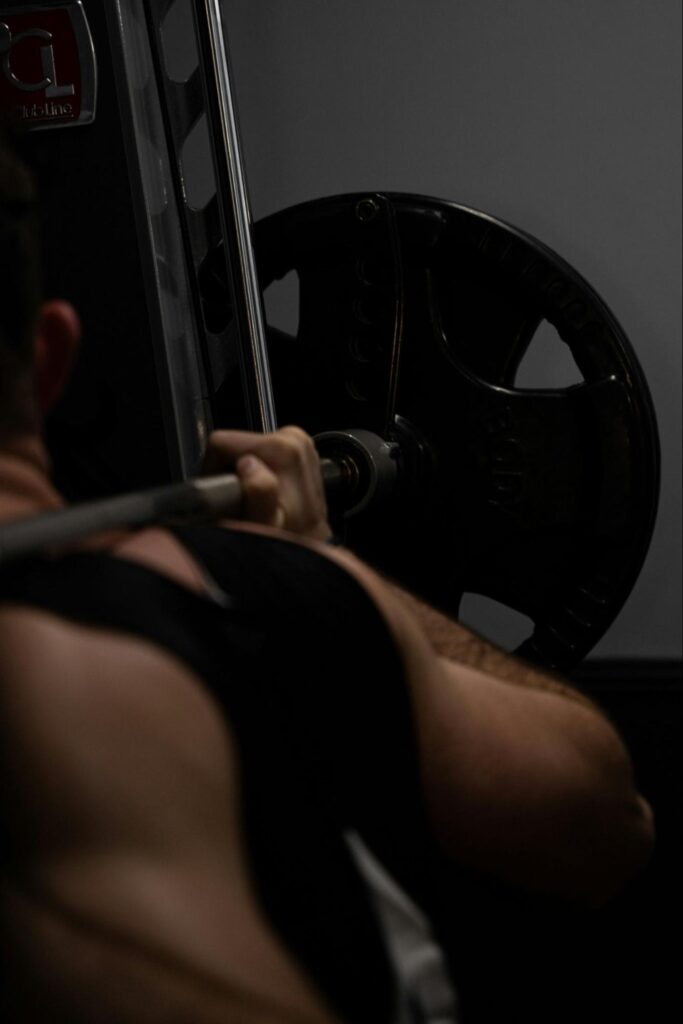
Common Muscle Imbalances in Strength Training
Our RMFLEX personal trainers regularly work with clients to correct these imbalances:
- Overactive hip flexors and weak glutes – Often a result of prolonged sitting or repetitive forward-motion activities, i.e., running, cycling, or rowing.
- Tight chest and weak upper back – A common issue for those who overemphasize pressing movements without enough pulling exercises.
- Uneven strength between left and right sides – Caused by dominant-side reliance, such as favoring one arm while carrying groceries or always pushing off with the same foot when climbing stairs, in sports, or in daily activities.
- Upper-body dominance over lower body – Typical among individuals who skip lower-body training or focus heavily on pressing movements.
- Overdeveloped quadriceps compared to hamstrings – Frequently seen in athletes and weightlifters who focus on squats but neglect posterior chain exercises, such as Romanian deadlifts, glute bridges, and hamstring curls, which are essential for balanced lower-body strength.
- Weak external rotator cuff compared to internal rotators– Leads to instability and potential shoulder injuries.
- Weak hip abductors and external hip rotators – Can lead to instability in the hips and knees, affecting balance and movement efficiency.
Another factor contributing to imbalances is synergistic dominance. This occurs when supporting muscles compensate for a weak primary mover. For instance, weak glutes may cause the hamstrings and lower back to take on more work, leading to inefficient movement patterns and a higher risk of injury.
The Impact of Muscle Imbalances
Ignoring muscle imbalances can result in:
- Poor movement mechanics
- Increased risk of injury
- Joint pain and dysfunction
- Decreased athletic performance
Additionally, arthrokinetic dysfunction, which refers to impaired joint movement, can arise when imbalances alter force distribution across the joints. This dysfunction often leads to compensation patterns that cause stress on surrounding muscles and joints, increasing the likelihood of chronic pain or injury.
Implementing corrective exercises that strengthen weak muscles and release tension in overactive ones can significantly improve movement quality and overall strength. Key exercises include glute bridges, face pulls, single-leg Romanian deadlifts, TRX rows, and Pallof presses.
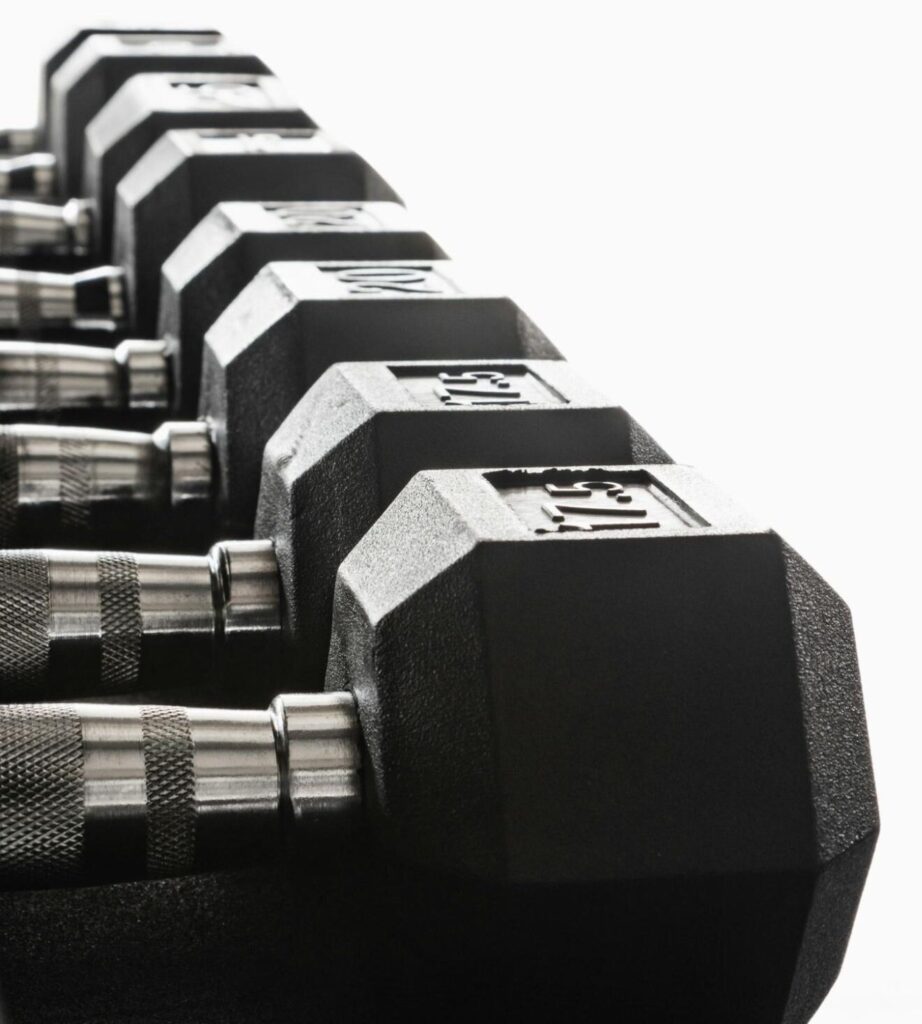
How to Correct Muscle Imbalances
To effectively address imbalances, follow these steps:
- Identify the imbalance – Perform movement assessments or work with a trainer to pinpoint weaknesses.
- Modify your training program – Incorporate exercises that target weak muscles and avoid overloading already dominant ones.
- Prioritize mobility work – Stretch and release tight muscles before strengthening weaker areas.
- Train unilaterally – Single-leg and single-arm exercises help correct left-right asymmetries.
- Focus on proper form – Work with a personal trainer to ensure correct movement patterns.
- Progress gradually – Avoid rushing the process; gradual progress ensures long-term improvements.
Why Work with a Personal Trainer in Denver?
A personal trainer can help you:
- Conduct a thorough assessment to detect imbalances
- Design a customized training plan to address weak areas
- Teach proper form and technique to prevent injury
- Integrate mobility and stability exercises into your routine
- Provide ongoing guidance to track and improve progress
Train Smarter at Rocky Mountain Flex
At Rocky Mountain Flex, our personal trainers specialize in building strength while preventing injuries. Whether you’re an athlete, an everyday lifter, or someone recovering from an injury, they can help you regain balance and move efficiently.
Muscle imbalances can limit your strength and put you at risk for injuries, but with the right approach, you can restore balance and optimize performance. If you’re looking for personal trainers in Denver who understand strength training and injury prevention, visit Rocky Mountain Flex today.
Ready to correct muscle imbalances and move better? Contact one of our trainers to book a training session and start building a more balanced, resilient body!



